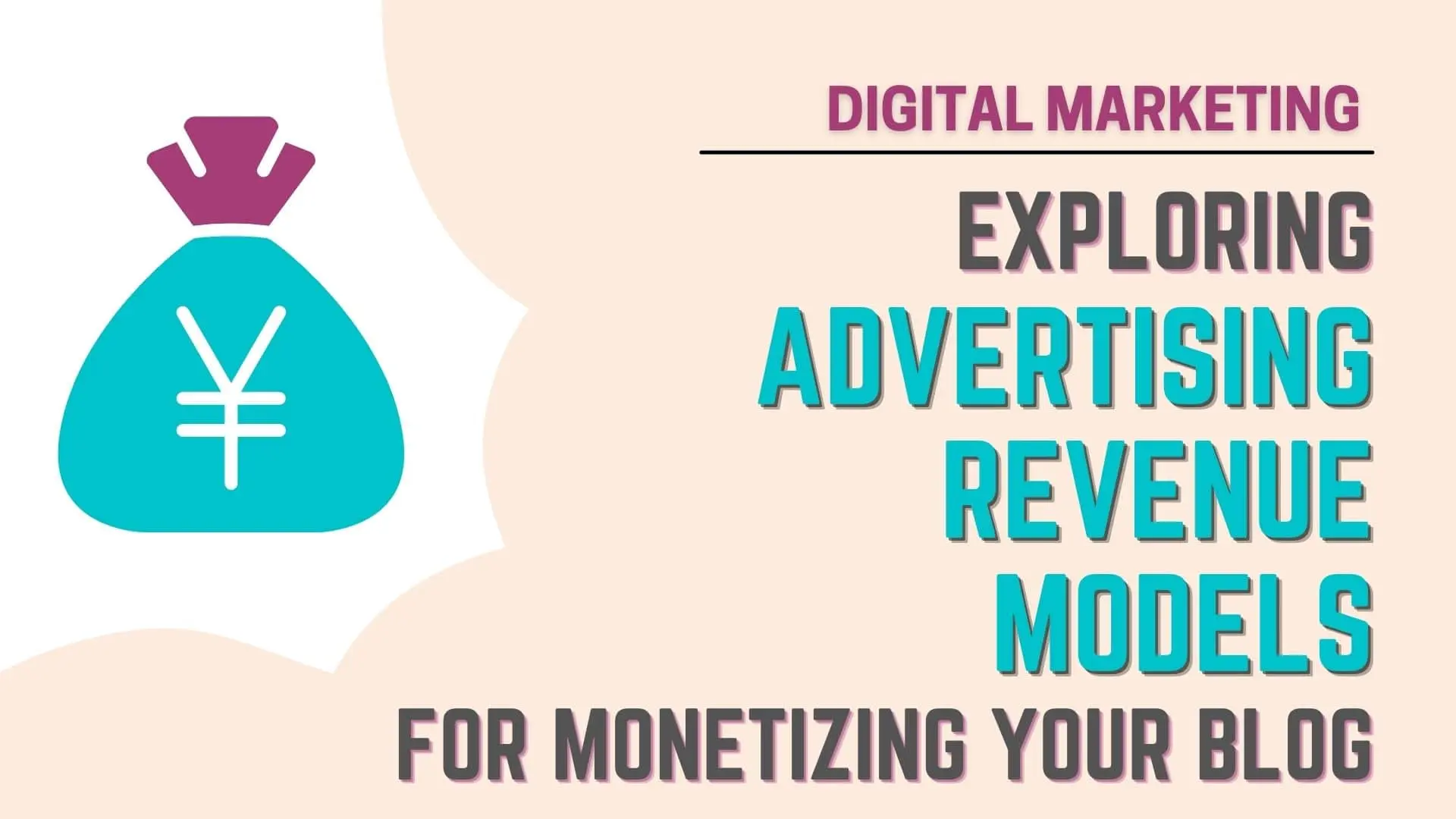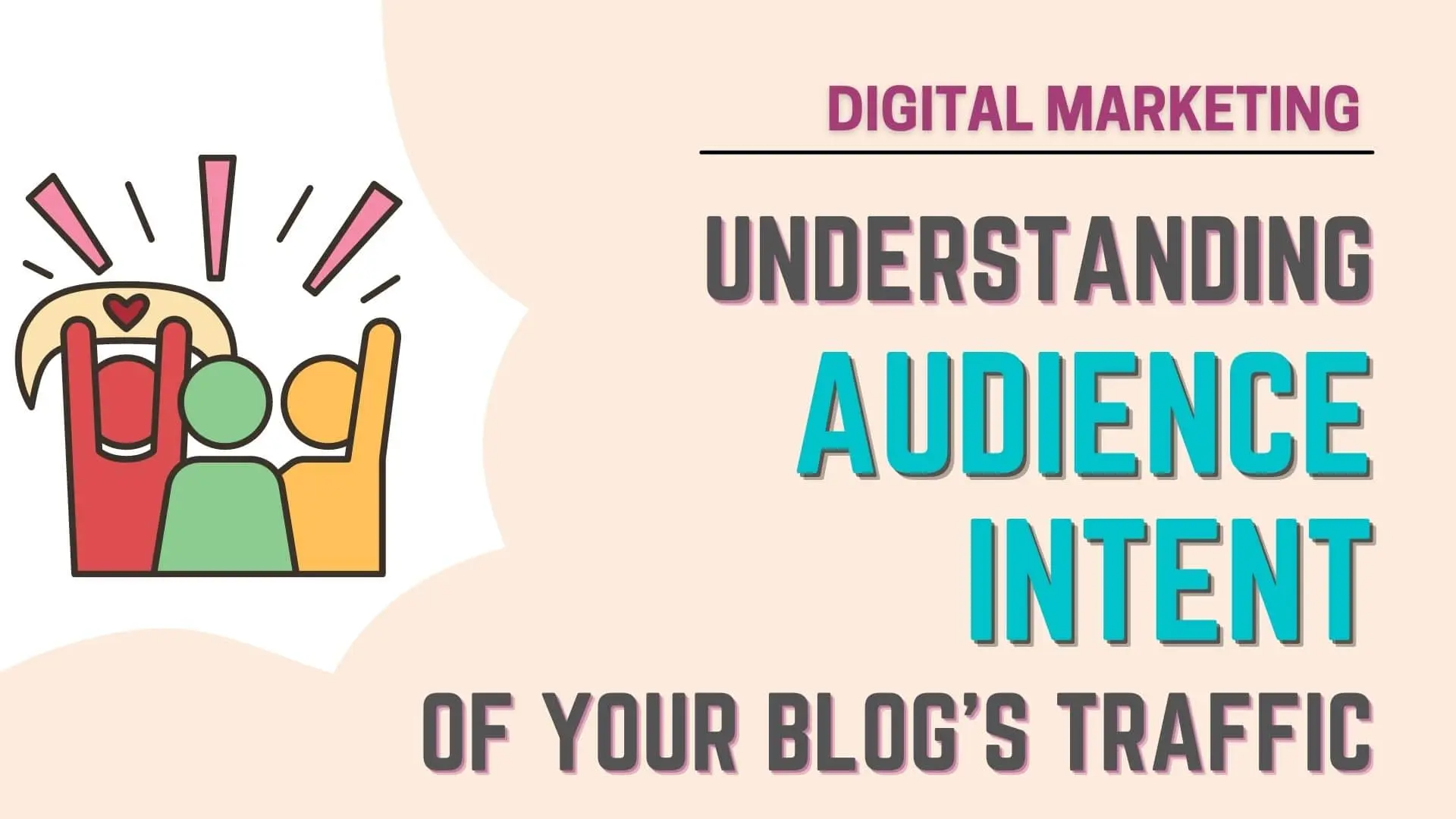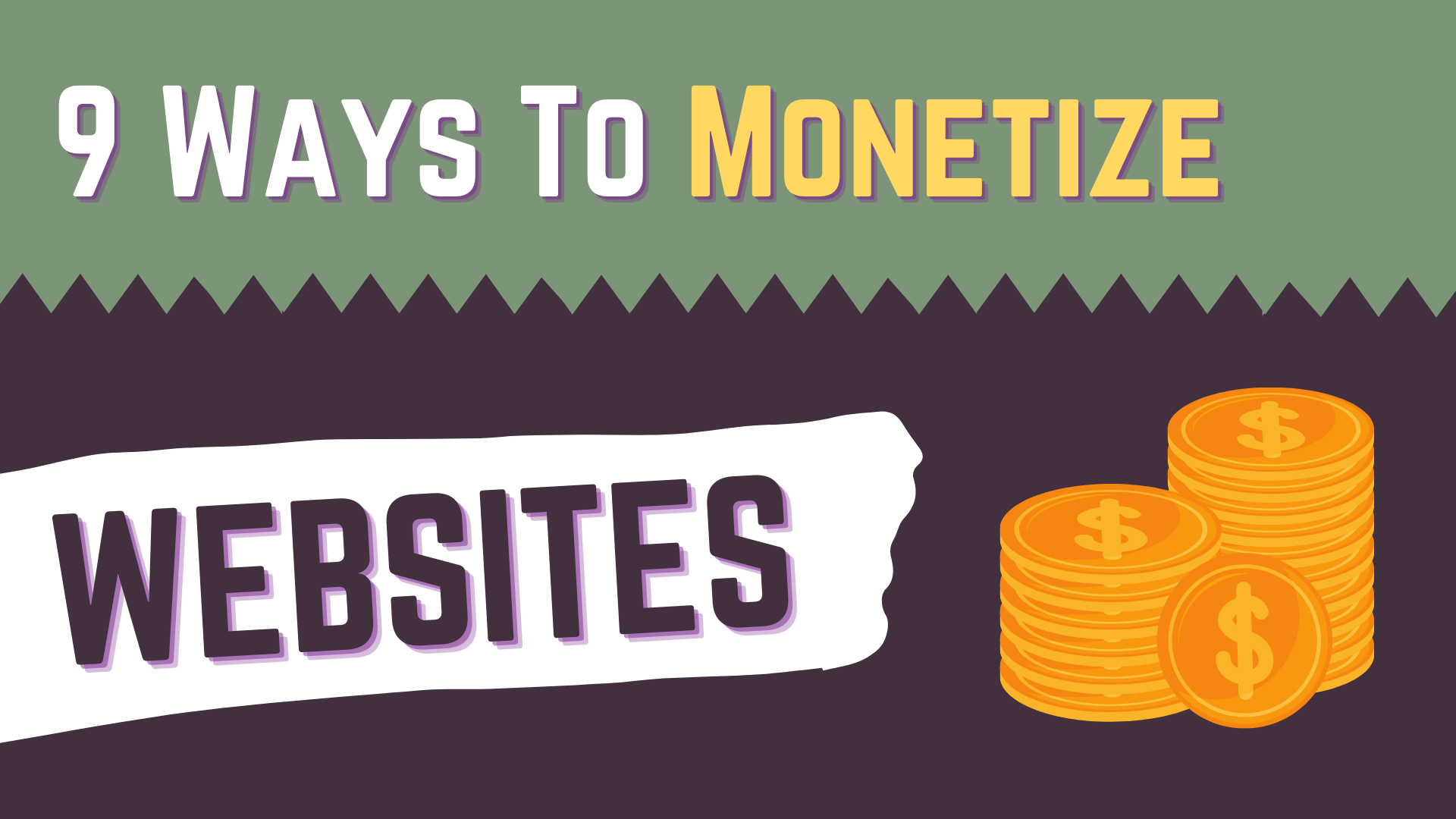Monetizing your blog content and Earning Revenue from it is something that most of the content creators will want to do
but before doing that it is necessary that the content creators understand the various types of Digital Marketing Revenue Models and how they work.
In this Article, we will be going over 7 types of Digital Marketing Revenue Models stated below
- CPM – Cost Per Mille
- CPC – Cost Per Click
- CPA – Cost Per Action
- CPE – Cost Per Engagement
- CPL – Cost Per Lead
- CPI – Cost Per Install
- CPS – Cost Per Sale
and will understand each of them with example.
So without further ado, let’s get started!
Oh and please make sure you understand that – Nothing in this article or any other article on this website is financial advice
The information is provided “AS IS” with no warranties or liabilities. For further details please refer Disclaimer.
So, always do your due diligence before using any information you find anywhere not only on this website.
If you want to know about the various ways of monetizing your blog and creating a monetization strategy that will work for the kind of content that you produce
you can take a look at this 3 Part article series on Monetizing Your Blog
- Ways To Monetize Your Blog
- Understanding Audience Intent of Your Blog Traffic
- Building a Monetization Strategy (Not Uploaded)
or go through the Optional Articles Based On Your Monetization Strategy
- Digital Marketing Revenue Models – CPM, CPC, CPA, CPL & CPI <— You’re Currently Here! :p
- Affiliate Marketing & Monetizing Your Blog Using It. (Not Uploaded)
- How is your Ad Inventory Auctioned (Not Uploaded)
- Affiliate Marketing and Why it Works. (Not Uploaded)
in which i will go over a lot of things that will help you in monetizing your blog correctly and achieving your goals as a Digital Content Creator.

Revenue Model 1 | CPM – Cost Per Mille
CPM or Cost Per Mille is first Revenue model we will be going over.
Mille in CPM means Thousand,
which means that in this revenue model, you will earn a certain amount of revenue each time you create a thousand of a certain thing.
and that certain thing in the case of Digital Marketing is Ad Impressions.
In simple terms, Ad Impressions are generated when a visitor loads a page on your blog
and in the Ad Space that you have rented out to the Advertisers using companies like Google Adsense, Ezoic, etc an Advertisement is shown.
So for an hypothetical example, let’s say that
you have got in total 20000 impressions from Ads on your blog this month in total
and your Average CPM is that of $2, the you will earn
- = Average CPM * (Total Ad Impressions / 1000)
- = $2 * (20000/1000)
- = $40
Now we still need to partition this $40 revenue further
as for example, Google Adsense takes 32% cut from what they get from the Advertisers and pay out 68% to you the content publisher
so, all in all you will take 68% of $40 i.e. $27.2 as your final revenue.
Revenue Model 2 | CPC – Cost Per Click
The Next Revenue model is CPC i.e. Cost Per Click
in which you will earn revenue based on the Amount of Clicks that happen on the Ads which are being shown to your blog visitors.
In this revenue model unless and until the visitor actually clicks on the ad shown, you will earn nothing.
So, again for an Hypothetical example, let’s say that
you have a total of 50000 Ad impression on your blog this month
but only 0.1% of this ad impressions i.e. 50 Ad impressions actually generated a click from your visitor
in this case, you will only be paid for these 50 Ad impressions.
This Revenue model is quite popular with Advertisers
as they don’t need to pay for ads that didn’t generate an interaction.
This might look really bad at first sight as literally 49950 ad impressions are basically being shown for free
but this is kind of balanced because Advertisers are willing to pay a lot higher for CPC ads than CPM ads.
Now to calculate revenue using another example, suppose that you have
- Ad impressions – 30000
- CTR (Click Through Rate) – 0.2%
- Average CPC – $0.5
then you will earn
- = CPC * (Ad Impression * CTR)
- = $0.5 * (30000 * 0.2)
- = $0.5 * 60
- = $30
Again we can partition it further with
- Google Adsense Taking – $9.6
- Publisher Taking – $20.4
Revenue Model 3 | CPA – Cost Per Action
Next is CPA i.e. Cost Per Action and you can consider it as the general category under which multiple other types of Revenue Model fall, like
- CPE – Cost Per Engagement
- CPL – Cost Per Lead
- CPI – Cost Per Install
- CPS – Cost Per Sale
Under the CPA Revenue Model the publisher only earns revenue when the user performs some sort of actions after the ad shown on you blog or website.
This action can be any number of things like
- Filling out and submitting a form
- Installing an app,
- Purchasing a product or service
- Interacting with a lightbox
- and much more
CPA Revenue Model generates the most amount of revenue for a publisher for each legit conversion
but this conversion can be the hardest to achieve
as now unlike CPM Revenue Model where you are just showing the ad and being done with it,
your visitor needs to interact with the ad and perform multiple steps before it can considered as a conversion.
CPA Revenue Model and it’s sub revenue models are quite famous in Affiliate Marketing.
If you want to know more about Affiliate Marketing and why a huge amount of publishers get into it,
you can take a look at this article on Affiliate Marketing and Why It Works (Not Uploaded)
Now let’s take a look at each of sub revenue models of CPA.
Revenue Model 4 | CPE – Cost Per Engagement
CPE or Cost Per Engagement Revenue Model is based on Engagements that your visitors have with an advertisement.
This Engagements are usually something that the visitor has to take time to do and can be anything from
- playing or pausing a video
- hovering over a lightbox
- taking a poll
- etc
What this engagement is will already be pre-decided
and only once this pre-decided engagement happens does the publisher earn revenue.
Ad Impressions for CPE Ads don’t generate any revenue for the publisher.
Revenue Model 5 | CPL – Cost Per Lead
CPL or Cost Per Lead Revenue Model generates revenue for a publisher when they Generate a Lead for the advertiser.
A Lead can be considered as a potential customer who is interested in the product or service of the advertiser
but has still not made up his / her mind on whether they actually want to invest their money.
So what you need to do as a publisher is convince your blog visitor just enough that they are interested in a product or service
and send them to advertiser’s website using a special link
where most of the time your blog visitor will be asked to fill out a form with contact details like Email or a Phone Number.
and if the visitor you sent to the advertiser fills and submits this form, then you will earn the pre-decided revenue.
This is where your job as a publisher is over.
After that, the details provided in the form will allow the advertiser to turn this potential customer i.e. the Lead
into a paying customer by convincing them to buy their product or service.
Revenue Model 6 | CPI – Cost Per Install
CPI or Cost Per Install came into existence with the advent of smartphones and is widely used in Mobile Advertising for mobile user acquisition campaigns.
In CPI Revenue Model, the publisher will only be able to earn revenue when their blog visitors goes through their Ad or Unique Link and Installs the application being advertised.
In CPI Revenue Model, you the publisher, will receive no revenue if the visitor goes through the ad or link but does not install the application.
Revenue Model 7 | CPS – Cost Per Sale
CPS or Cost Per Sale Revenue Model generates revenue for a publisher when they Generate a Sale for the advertiser.
Unlike CPL Advertising where you earn money for each potential customer i.e lead you send to the advertiser,
in the CPS Revenue Model you actually need to convince your blog visitor to actually buy the advertiser’s product or service.
In this revenue model you basically need to be a salesman but one that has integrity and is on the side of your blog visitor.
As i always say in these articles, as a publisher, never forget that the trust that your blog visitors put in you is more important than any short term gains that you will get from an advertiser.
Your Product Recommendations will only work if people trust your recommendations.
Now to talk about the revenue, let’s Take the example of Logitech’s Affiliate Program, whose
- Standard Commision is between 4-10% (Varies based on product),
- Average order value of $125
- and a 30 day cookie
So, if you you sent 200 website visitors to the logitech store with your unique affiliate links,
who finally bought products on the logitech website then at
Average Commission of 5% and Order Value of $100,
your revenue will be
- = Visitors * Order Value * Average Commission
- = 200 * $100 * 0.05
- = $1000
Conclusion
Well Folks, that does it for this article.
I’ll link some articles i’ve written at the end of the post that will help you a ton with your Digital Marketing journey.
I hope that you have a successful career, whatever it may be.
Share this post on Social Media platforms, if you think our content is great.
If you like the content and would like to follow us, we are present on the platforms below
Follow Us On Social Media
Goodbye For Now,
This is your host VP
Signing Off.
Articles In Monetizing Websites Series
Understanding Audience Intent Of Your Blog Traffic
Building a Monetization Strategy (Not Uploaded)
Digital Marketing Revenue Models – CPM, CPC, CPA, CPL & CPI
Affiliate Marketing & Monetizing Your Blog Using It. (Not Uploaded)
How is your Ad Inventory Auctioned (Not Uploaded)
Affiliate Marketing and Why it Works. (Not Uploaded)

